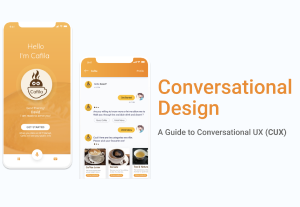- Accessibility, Behavioral Science, Customer Experience, Design, Design Theory, Design Tools and Software, Product design, Usability, UX Education, UX Magazine
Knowing what affordances are in any design creates a relation between the user and an object, which maps users’ mental models to a product is the key to a good design.
Article by Wicar Akhtar
Affordance in Good Product Design
- Knowing how affordance impact user experience design is necessary for producing high-quality, user-friendly products.
- The article covers:
-
- The definitions of affordances and signifiers
- Types of affordances
- How affordances can be used in UX design
- How to design for the best affordance
- Using affordances well can reduce the time your customers think and explore so they can achieve their goals faster and easier.
Share:Affordance in Good Product Design
Share this link
- June 21, 2022
6 min read







